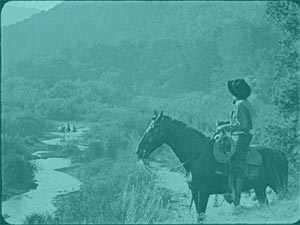
Bucking Broadway is a 1917 American silent Western film directed by John Ford, probably his sixth feature film. Long thought to be lost, along with about 60 of Ford's 70 silent films, it was found in 2002 in the archives of the CNC. It was subsequently restored and digitized and is available on the Criterion Blu-Ray of John Ford's Stagecoach.

The Secret Man is a 1917 American silent Western film, directed by John Ford and featuring Harry Carey. Two of the five reels of the film survive at the Library of Congress film archive.

A Marked Man is a 1917 American silent Western film directed by John Ford and featuring Harry Carey. It is considered to be a lost film.

Wild Women is a 1918 American silent Western comedy film directed by John Ford and featuring Harry Carey. The film is considered to be lost.
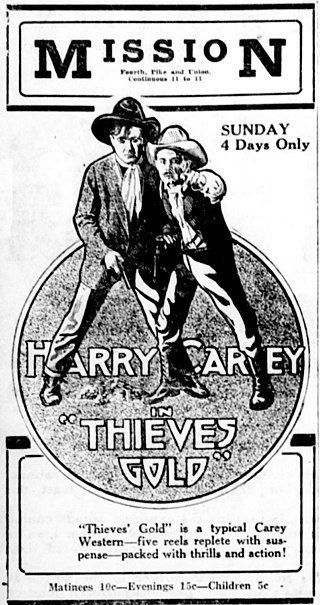
Thieves' Gold is a 1918 American Western film directed by John Ford and featuring Harry Carey. It is considered to be a lost film.

The Scarlet Drop is a 1918 American silent Western film directed by John Ford and featuring Harry Carey. Just over 30 minutes of footage of the film now survives in the Getty Images Archive.
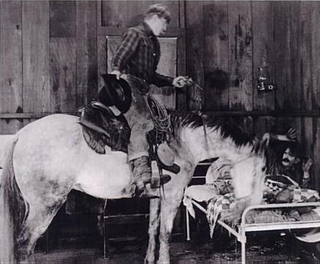
Hell Bent is a 1918 American Western film directed by John Ford and featuring Harry Carey. A print of the film exists in the Czechoslovak Film Archive.

Three Mounted Men is a 1918 American silent Western film directed by John Ford and featuring Harry Carey. The film is considered to be lost.
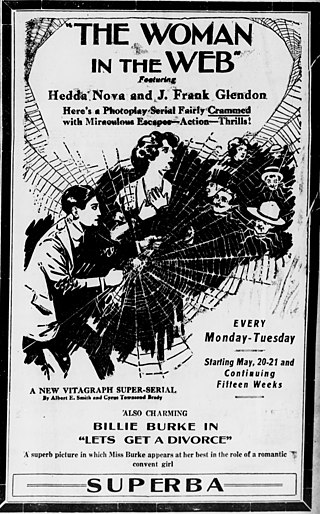
The Woman in the Web is a 1918 American drama film serial directed by Paul Hurst and David Smith. It was the 9th of 17 serials released by The Vitagraph Company of America. This World War I period serial about a Russian princess and the overthrow of the Tsar introduced the concept of the Red Menace to serials. The serial is now considered to be a lost film.

The Mystery Ship is a 1917 American adventure film serial directed by Harry Harvey and Henry MacRae. The film is considered to be lost.

The Brass Bullet is a 1918 American silent adventure film serial directed by Ben F. Wilson. It is now considered to be a lost film.

The Bull's Eye is a 1917 American film serial directed by James W. Horne. It is now considered to be a lost film.
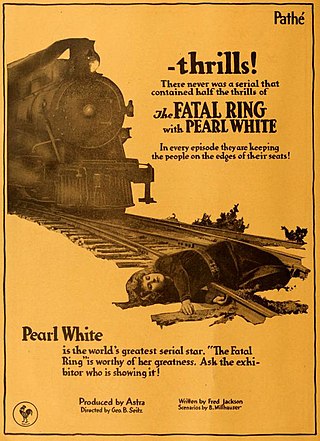
The Fatal Ring is a 1917 American action film serial directed by George B. Seitz. Silentera.com reports that the UCLA Film and Television Archive may have a complete print.
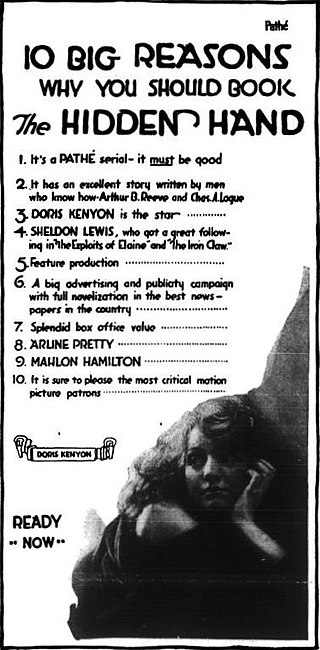
The Hidden Hand is a 1917 American film serial directed by James Vincent. This is a lost serial.
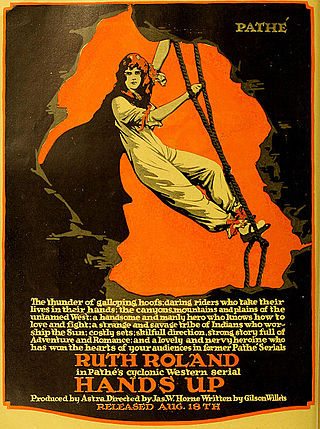
Hands Up is a lost 1918 American adventure film serial directed by Louis J. Gasnier and James W. Horne. The serial was Ruth Roland's breakthrough role.

The House of Hate is a 1918 American film serial directed by George B. Seitz, produced when many early film studios in America's first motion picture industry were based in Fort Lee, New Jersey.

Riders of the Purple Sage is a 1918 American silent Western film directed by Frank Lloyd and starring William Farnum, Mary Mersch, and William Scott. The film is about a former Texas Ranger who goes after a group of Mormons who have abducted his married sister. This Frank Lloyd silent film was the first of five film adaptations of Zane Grey's 1912 novel.
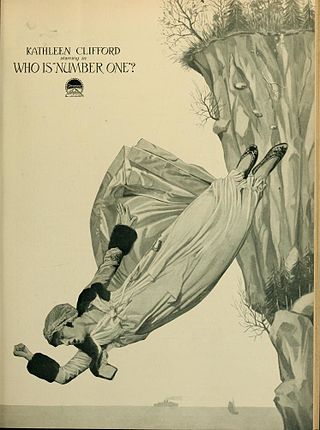
Who Is Number One? is a 1917 American silent mystery film serial directed by William Bertram and written by Anna Katharine Green. The film stars Kathleen Clifford, Cullen Landis, Gordon Sackville, Neil Hardin, Bruce Smith, and Ethel Ritchie. The film serial was released on October 29, 1917, by Paramount Pictures. It is presumed to be a lost film.
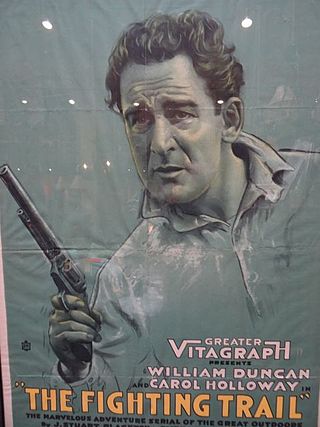
The Fighting Trail is a lost 1917 American silent Western serial film directed by and starring William Duncan. It was produced and distributed by the Vitagraph Company of America. It was released in 15 chapters.

The Gun Woman is a 1918 American silent Western film directed by Frank Borzage and starring Texas Guinan. It was produced and distributed by the Triangle Film Corporation.




















